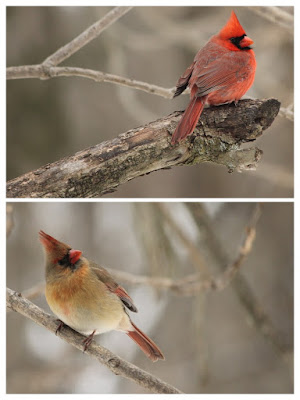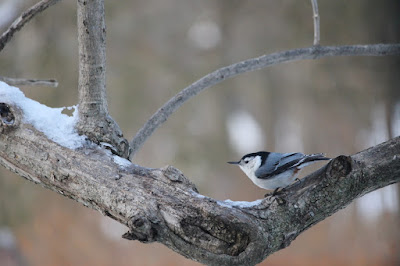The beautiful gardener in this newspaper picture was my husband's mother, Constance. During the Second World War, while my father-in-law was deployed in the army, she planted a victory garden. Along with nearly 20 million Americans, Connie answered the government's call to grow vegetables to increase food production. The victory garden was a practical way to contribute to the war effort. At the time, she lived in New Brunswick, New Jersey, where she worked for Johnson and Johnson. The company published the picture on the cover of their Bulletin and wrote a brief article commending her. They said, 'Her Victory Garden is miraculously free of weeds because of her constant and excellent care.'
 |
| The Johnson and Johnson bulletin |
(I love the 'Buy War Bonds' ad. on the same page.)
Connie was raised on a farm; after the war, she purchased Astolat Farm where her children were born and where H.H. and I live to this day. She continued growing a vegetable garden into her 80's, riding the big field tractor to cultivate between the rows. She never would let H.H. drive it since he drove over her seedlings when he was very young. As she aged, we became increasingly afraid she would fall off, so finally, H.H. removed the wire to the tractor coil, so that it wouldn't start for her.
During the Second World War, in England, my mother contributed to the war effort by becoming a land girl. The Women's Land Army was a British civilian organization that the government created so women could replace field hands in agriculture when the men were called up to the military. My mother was placed with a farm that needed workers. I have no idea who the boy was in the picture; maybe he was the farmer's son.
 |
| My mother the Land Girl. She was about 20 years old in this picture. |
My mother credits her love of plants to her parents. My grandfather grew prize-winning vegetables, while my grandmother loved the flowers in her cottage garden. She grew lupines, delphiniums, and many of the cottage garden plants I grow today.
 |
| My grandmother and me surrounded by lupines in her garden |
When she was an 'old age pensioner', my grandmother moved to a small bungalow for the elderly. She continued growing her flower garden until she died. Her obituary stated, 'Always fond of an active life, she was a keen gardener, and in 1956 and 1957 she won first and second prizes respectively in best kept gardens competitions.'
 | |
| First place for my grandmother's garden |
(On the certificate her home is described as occupied by an old person. She was 65 at the time, so I believe that makes this gardener a very old person?)
 |
| My mothers spring garden |
 |
| She loved crocosmia, delphiniums, hydrangeas, and her garden ornaments. |
(The garden ornament was from Jo who blogs at Through the Keyhole.
Jo offers lots of giveaways and I was the lucky one that time.)
 |
| More of my mother's favorite flowers. |
 | |||
| My ninety-year old mother in her garden |
The garden looked somewhat different when my dad was alive. He had a greenhouse that he built himself from used window panes.
 |
| Dad's greenhouse was located at the bottom of the garden |
(It's difficult to see in the picture, but my mother collected gnomes -- an English trait.)
My Dad added a gutter for rainwater; it rained often. He propped open part of the roof with a stick when it was too hot. Dad was very proud of the tomatoes he grew in his greenhouse; the climate wasn't hot enough to grow them outside. I must say, they tasted pretty good for hothouse tomatoes, but you can't beat those grown in my sunny garden -- I never told him that.
As well as tomatoes and other vegetables, my dad grew roses. They were fabulous.
 |
| Some of Dad's roses. |
My question is this: Is a love of gardening genetic? I believe it is. I've always felt my passion came from my parents and grandparents. I've passed it to one of my grandsons. But the gardening gene seems to have missed my husband, although he is very willing to help with any gardening task I ask of him. His sister, however, is a home gardener.
There was an interesting discussion among some of the RHS community in England on this topic. Some believe the gardening gene can be passed on, although of course there is no scientific evidence. Others believe it is 'social engineering' -- modeled behavior. What do you think?
Genetic or not, I'm glad I've got the gardening bug.
Pamela x
I love reading your comments. I hope you leave one so I’ll know you visited!
I look forward to visiting your blog in return.




















